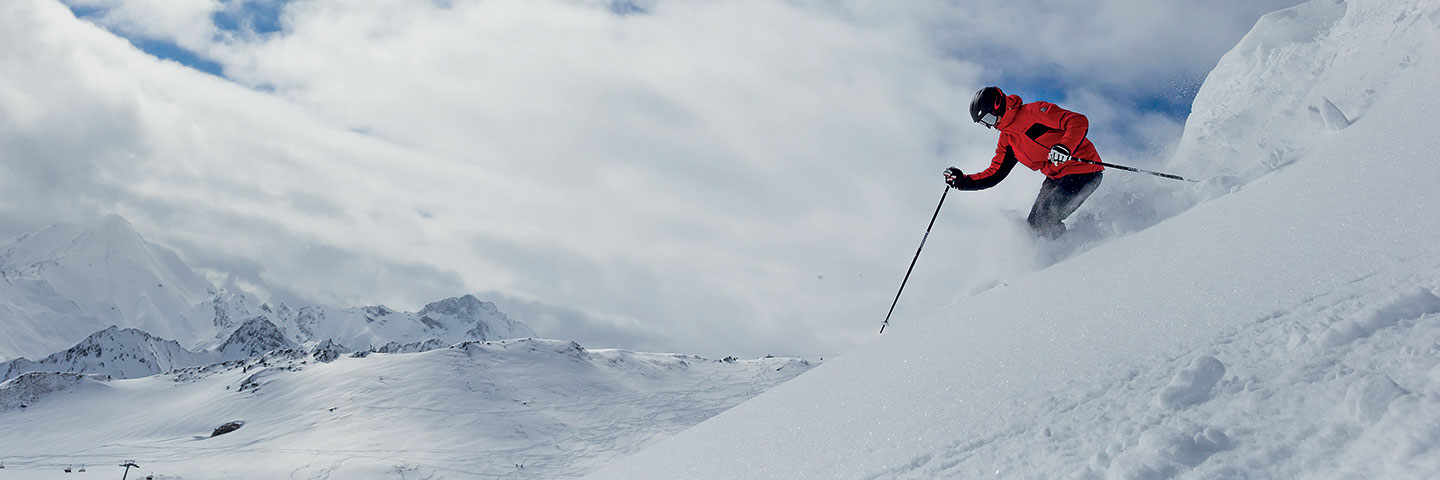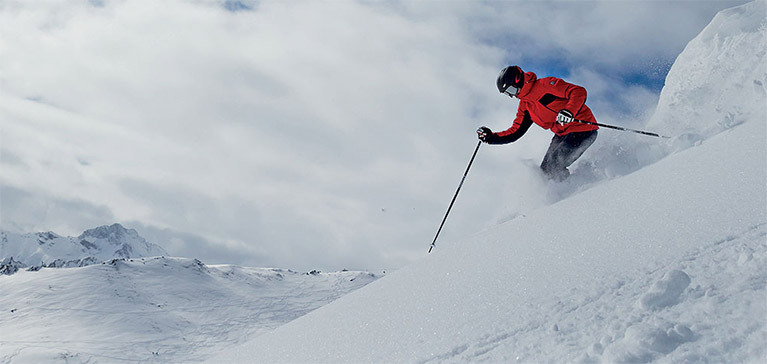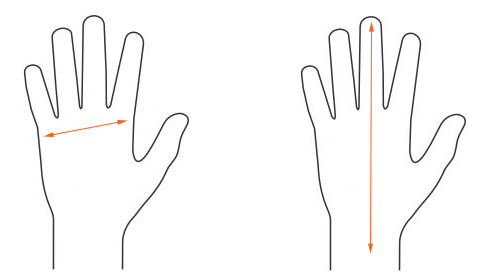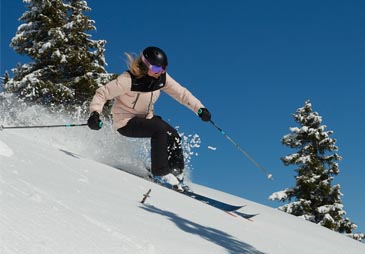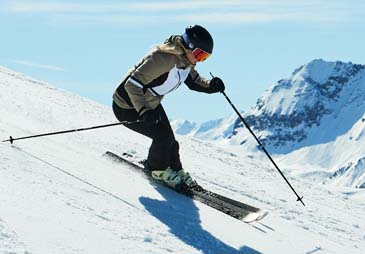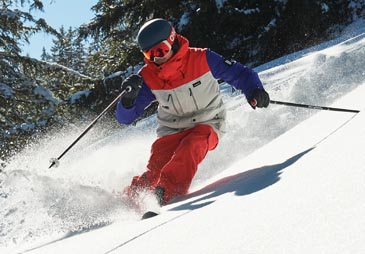How To Choose Ski Gloves
In order to ensure you feel as good as you look when hitting the slopes, we have put together a ski glove buying guide to help you make the right choice when it comes to keeping your digits toasty. Having the right kit plays a huge part on how enjoyable your trip will be, if you aren’t comfortable on the mountain from day one, the week will last a lifetime.
Gloves, Mittens or Lobster Mitts?
Firstly, it’s worth having a think about what style is going to be best for you. Gloves offer great dexterity while mittens reduce the surface area through which heat can be lost. Lobster style gloves aim to bridge the gap between gloves and mittens. They have a split between the first and second (or second and third) fingers which offers articulation and dexterity but with a reduced surface area to optimise heat retention.
If you know you’ll want to make regular adjustments to kit, particularly during backcountry tours, then having fuss-free dexterity will be a priority. Alternatively, if you know you get particularly cold hands or even suffer from Raynaud’s, then warmth is your top priority. Acknowledging these points and recognising exactly what it is you want from your gloves will get you a step closer to buying the right pair.
Wet Weather Protection
When you head out skiing you know you will be encountering a range of wintry conditions. From those icy cold, bluebird days to whiteouts that make it difficult to see, you’ll need full weather protection from your gloves. Ski gloves must be waterproof and windproof in order to be fit for purpose. They need to be effective at keeping your hands, as well as the insulation, protected from the elements throughout the day no matter how many times you end up wiping out. Ski gloves with a GORE-TEX membrane work very well.
Ski Glove Insulation
The insulation layer of the glove will be made with natural down or synthetic fibres. Whichever you choose they both work by trapping layers of air in tiny spaces. This air is then warmed up by your own body heat and thus you have a layer of warm air surrounding your hands protecting them from the cold, harsh conditions outside of the glove.
Natural down insulation is extremely lightweight and unbeatably effective at trapping warm air, but becomes largely ineffective when it becomes wet. Alternatively, synthetic insulation is, generally speaking, slightly heavier and not as warm, but will still keep your hands cosy if they get wet. A cosy fleece lining in the glove will feel nice next to your skin, add a little extra warmth and wick any excess moisture away keeping you comfortable. For further reading see our Insulated Clothing Buying Guide.
2-in-1 Ski Gloves
If you’d like something with a little more versatility, it may be best to opt for two pairs of gloves or a 2-in-1 set; a shell and a liner. That way each pair can be worn individually should conditions allow or you can wear them both at the same time when required. If you know you need maximum warmth and dexterity, you can opt to buy gloves as a liner and mittens as a shell. By doing this you’ll benefit from the warmth of mittens but also the dexterity and warmth of gloves when you need to use your hands for anything without being exposed to the cold.
Ski Glove Features
There are many different features that can be found on ski gloves that contribute to making things a little easier on the hill, but not all gloves will have all features. Think about which features you’ll likely use the most and find a glove which ticks the box.
- Wrist leash – a small strap that keeps the glove attached to your wrist even if it’s not on your hand, reduces the chance of them being lost on the hill.
- Long gauntlet with cinch strap – easy to get on and off and great for heat retention.
- Durable/grippy palm – makes holding ski poles easier and withstands abrasion.
- Zipped pocket – sometimes found on the back of the hand or gauntlet, great for adding handwarmer sachets on extra cold days or even a little cash for a bite and a beverage from the café.
- Nose wipe – a piece of softer fabric, usually on the back of the thumb, that can be used to wipe the excess of a runny nose.
- Goggle wipe – a squeegee style device that will help to clear snow from the outside of goggle lenses.
How to Size Up Ski Gloves
When you have found the right gloves or combination of gloves, be sure to buy the right size. If your gloves are too big they won’t be as effective and may not keep you warm at all, if they are too small you’ll find them uncomfortable and they may cause aches and pains. Ideally, there shouldn’t be too much excess space either at the fingertips or on the back of the hand when your hand is held open, equally they shouldn’t feel too tight in these places when making a fist.
When measuring hand size you should measure the width across the knuckle area as shown in the sketch below. Some brands also require you to measure from the tip of the middle finger to the wrist.
Ski Gloves

